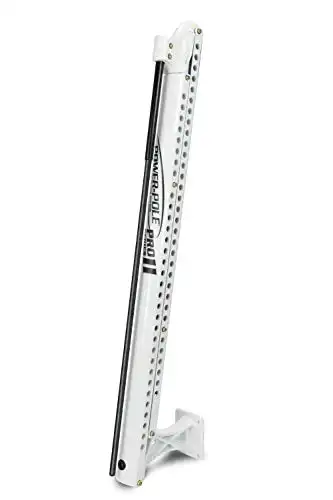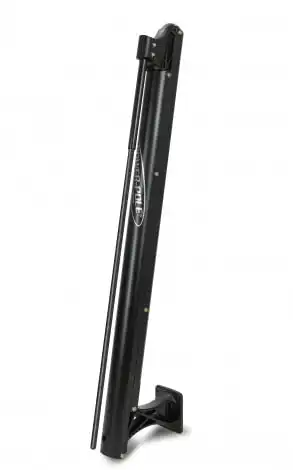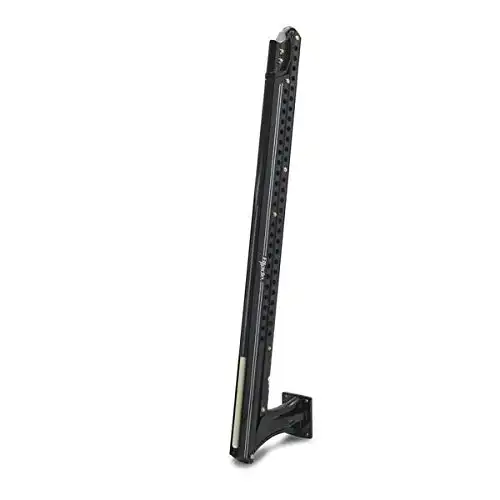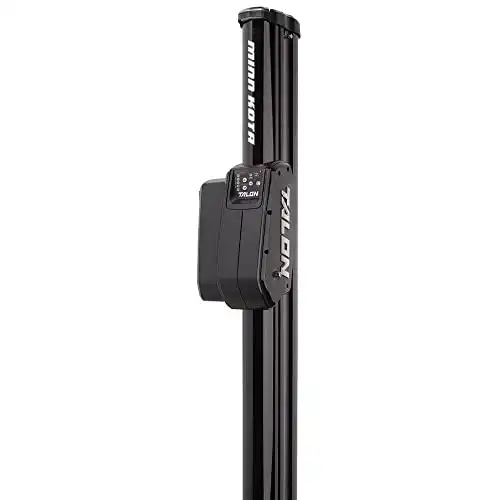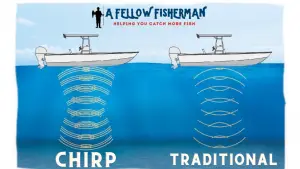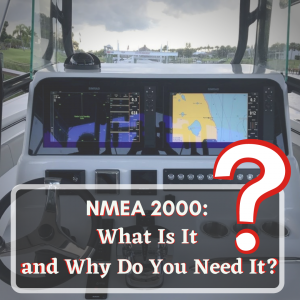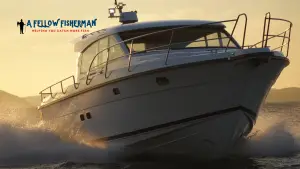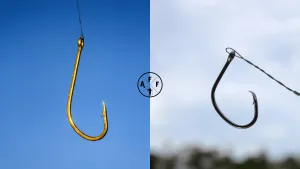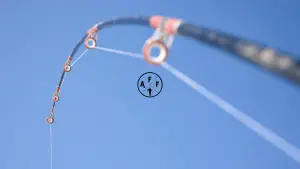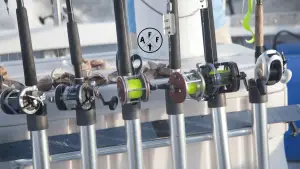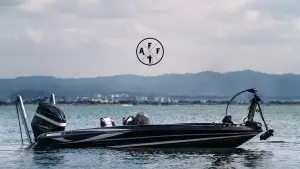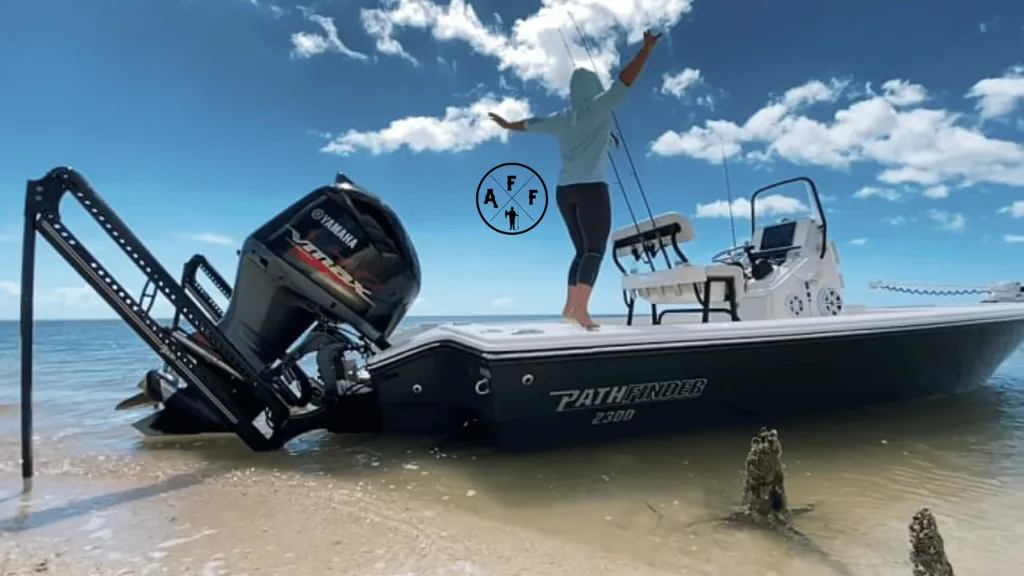
When it comes to shallow water anchors, two major contenders dominate the market: Power Pole vs Talon from Minn Kota. These anchors have become essential equipment for anglers and boaters alike as they allow for quick and effective anchoring in shallow waters. While they may seem similar at first glance, there are key differences between these two products that can make one more suitable for a particular boater’s needs.
Power Pole anchors are hydraulically driven and best suited for saltwater use, ideal for boaters without limited space within their vessels. The sleek design enables deployment by folding out the entire pole into the water or until the spike reaches the bottom. On the other hand, Minn Kota Talon anchors are electrically driven and better suited for freshwater use. These anchors are an excellent option for boaters with limited space or those who want the flexibility to quickly remove and use the unit on another boat. The Talon’s design features a wider main control unit and deploys the spike straight down while the rest of the unit remains stationary.
Understanding the key differences between Power Pole and Minn Kota Talon anchors can help boaters make an informed decision on which shallow water anchor to invest in. Ultimately, the choice will depend on the individual’s needs and preferences, but by weighing the pros and cons of each product, you can ensure that you select the perfect anchor for your boating adventures.
Power Pole Overview
Design and Function
Power Pole is a shallow water anchor system designed to provide stability to your boat when fishing in shallower waters. The
The Power Poles come with wireless remote control and advanced tracking technology, enabling users to control the anchor’s operation from anywhere on the boat. Additionally,
Popular Models
There are several popular models of Power Poles, each catering to different boat types and user preferences. Some of the prominent models include:
Power Pole Pro Series II
This model is suitable for most boats and is available in 4, 6, and 8-foot variants. It has an adjustable tilt mechanism to accommodate various transom angles, allowing for easy installation.
Power Pole Sportsman II
Designed for smaller boats and flats boats, this model is available in 6 and 8-foot variants. It provides the perfect balance between performance and value.
Power Pole Blade
The blade is the top-of-the-line model, available in 8 and 10-foot lengths. It features a sleeker design and advanced features, such as the C-Monster control system, which allows you to customize the anchor speed and independently control multiple anchors.
Each of these models comes with unique features that cater to different needs, ensuring there’s a
Talon Overview
Design and Function
Minn Kota’s Talon is a shallow water anchor designed for easy and quiet deployment in fishing boats. It is electrically driven and features a vertical design that allows it to go straight down, occupying minimal space on the deck of a boat. One of the advantages of Talon is that it is lightweight compared to Power Poles, with an 8ft Talon weighing 38lbs and a 15ft Talon at 55lbs.
The Talon’s anchoring system uses multiple anchoring modes to provide customizable performance based on the boater’s needs, including soft bottom, rough water, and auto-drive modes. The auto-drive mode is particularly useful when it comes to fishing, as it extends and retracts in multiple increments until the desired depth is achieved.
Popular Models
There are several popular Minn Kota Talon models distinguished by their maximum anchor depth:
8 ft Talon
This model is lightweight and suitable for smaller boats and freshwater use. With a weight of 38lbs, it's an excellent choice for those with limited space, or for easy removal and use on another boat.
12 ft Talon
The 12ft Talon is an intermediate option, providing greater anchoring depth for a wider range of boats and water conditions. Its versatility makes it a popular choice for many boaters.
15 Ft. Talon
As the largest Talon model, this 15ft option weighs 55lbs and offers the maximum anchoring depth for boaters in various water conditions. It is ideal for those looking to cover more points in the water.
Each Minn Kota Talon model also comes with additional features such as built-in wave absorption, LED indicator lights, and a quiet-running system, further enhancing the boater’s overall experience.
Comparison
Deployment and Retraction
The key difference between Power Poles and Talons lies in their deployment methods. Power Poles extend behind the boat in a fold-out manner, while Talons deploy straight down with the outer casing remaining in a fixed position.
In terms of retraction, both shallow water anchors feature relatively similar mechanisms. However, talons may have a slightly quieter operation during deployment and retraction compared to their counterparts.
Anchoring Capabilities
Both Power Poles and Talons provide excellent anchoring capabilities, but they excel at different aspects.
On the other hand, Minn Kota Talons are built to cover more points in the water, thanks to their longer pole that offers more anchoring areas. Their wider design with main controls in the middle of the unit adds to their anchoring stability.
Depth Range
When comparing the depth range of Power Poles and Talons, consider the following:
Power Pole:
- Available in different models
- Depth range varies by model
- Most common models range between 4 to 10 feet
Talon:
- Available in different models
- Depth range varies by model
- Most common models range between 8 to 15 feet
While both types of shallow water anchors cater to varying depth ranges, the Minn Kota Talon series seem to have models with slightly greater depth capabilities. However, the appropriate anchor choice will depend on your specific needs and preferences.
Ease of Installation
When it comes to installing shallow water anchors on your boat, both Power Poles and Talons have their unique processes. However, understanding the installation process can help you assess which one will work best for your needs.
For Power Poles, the installation process requires mounting brackets and hydraulic pumps, which can add complexity to the process. However, this system offers a wider range of anchor positioning options. The hydraulic design allows the anchor to fold out and extend down behind the boat during deployment.
On the other hand, Talon installations are generally simpler and easier, making them a popular choice for some boaters. The electrically-driven design of the Talon has the advantage of being more efficient than its hydraulic counterpart. A key distinction with the Talon is that it deploys straight down while its outer casing remains stationary.
Some aspects to consider during installation for each anchor type are:
Power Pole
- Requires mounting brackets and hydraulic pumps
- Offers a wider range of anchor positioning options
- Folds out during deployment
Talon
- Simpler and easier installation process
- Electrically-driven design
- Deploys straight down with a fixed outer casing
Considering the installation process of both Power Poles and Talons allows you to choose a shallow water anchor system that best matches your preferences and needs.
Compatibility With Various Boats
Power Poles and Talons are both shallow water anchors designed for attachment to various boats and skiffs. Understanding their compatibility is important for choosing the right anchoring system for your boat.
Power Poles utilize a hydraulic system to deploy their shallow-water anchors. This system requires some additional space for the hydraulic pumps to operate. These anchors are deployed in a fold-out manner, extending the unit down behind the boat. Though they may not have the flexibility to change boats easily, Power Poles are still widely used in freshwater and saltwater environments.
Talons, on the other hand, deploy straight down while the outer casing of the unit remains in a fixed position. This design allows for easier compatibility with different boat types. Additionally, the straight vertical deployment of the Talon is considered more convenient by some users.
In terms of boat control, Talons may offer more convenience when used in conjunction with a spot-lock capable trolling motor. With this setup, you could potentially get by with just one Talon to keep your position in place while fishing.
Warranty and Customer Support
Power Pole anchors and Minn Kota Talons have different warranties backing their products.
Power Pole:
- Power Pole offers a lifetime warranty on their Everflex spike.
- They have industry-leading customer service, as noted in various customer reviews.
- Maintenance for Power Poles is relatively simple, with the main requirement being rinsing the unit with a hose after use.
Minn Kota Talon:
- Minn Kota Talon offers a 5-year limited warranty for the original retail purchase on electrical and mechanical components.
- There is a limited lifetime warranty on the spike for the original retail purchase.
- Deploying the entire Talon out of the water and spraying it with lubricant is part of the regular maintenance process.
When comparing customer support,
Pricing and Value
When comparing
Power Pole Pricing
Power Pole offers a range of hydraulic-based anchoring systems with comparable models being generally lighter than their Talon counterparts. The pricing for
Minn Kota Talon Pricing
On the other hand, Minn Kota Talons are known for their affordability and feature-rich design. While the internal mechanisms of Talon units may be heavier, they offer a less expensive alternative to Power Poles while still providing similar functionality. Some of the features that may add to the value of a Talon anchor include various mounting options, customization capabilities, and advanced technologies that aid in noise reduction and speed adjustments.
Comparison Table
| Feature | Power Pole | Minn Kota Talon |
|---|---|---|
| Weight | Lighter | Heavier |
| Depth of Anchoring | Shallower | Deeper |
| Speed | Slower | Faster |
| Price | Generally higher | Generally lower |
| Flexibility | Lower | Higher |
In summary, when comparing the pricing and value of
Wrapping Up
In comparing the
The
Some key differences that can influence decision-making are:
- Deployment method:
Power Pole unfolds out and down while Talon deploys straight down. Choose based on the space constraints around your boat and personal preference. - Drive mechanism:
Power Pole is hydraulically driven, while Talon is electrically driven. Consider potential maintenance and replacement costs based on the mechanism. - Fishing environment:
Power Pole anchors may be better suited to saltwater fishing due to their hydraulic design, while Talon anchors are versatile with both freshwater and saltwater.
In conclusion, both the

